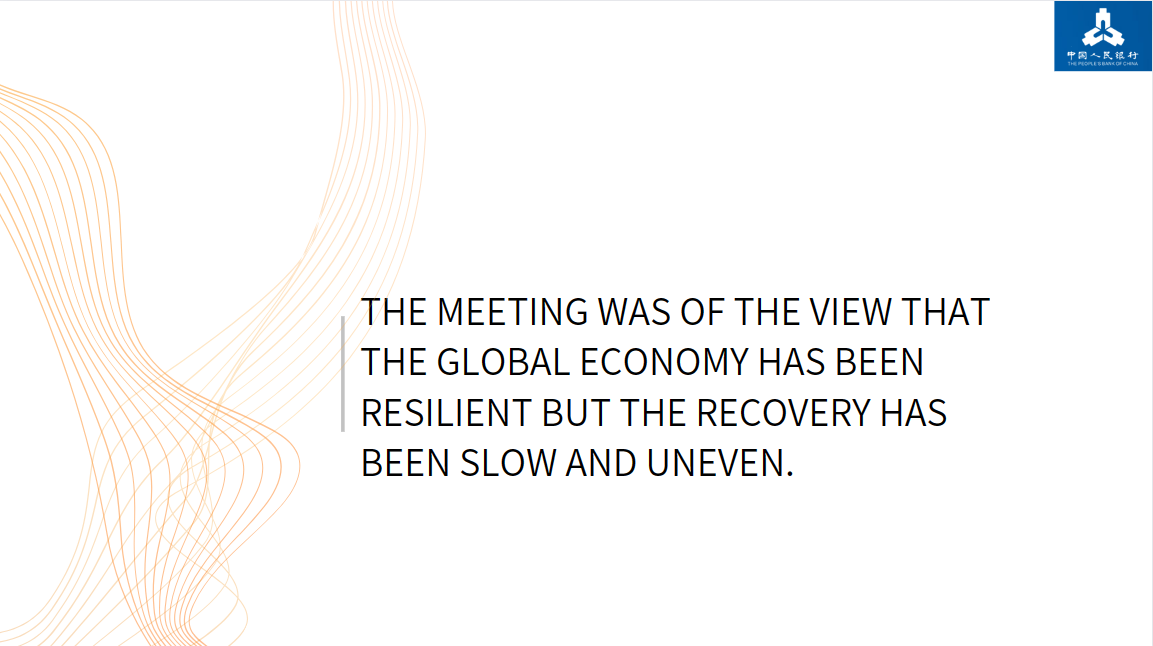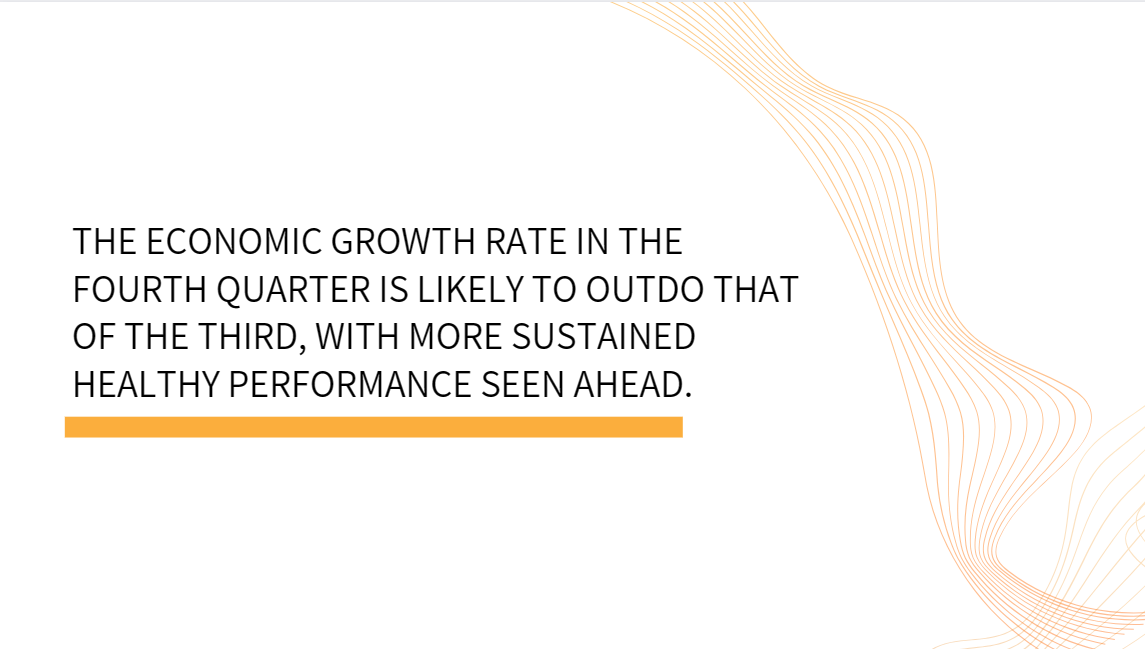Belt and Road Initiative contributes to global connectivity
Trains loaded with Southeast Asian agricultural products such as durians and mangosteens are now frequently entering China through the Mohan railway port in southwest China's Yunnan province, along the China-Laos Railway.
According to People's Daily Online, since the beginning of this year, the China-Laos Railway has transported over 14 million tons of goods to and from Laos, Thailand, Vietnam, Myanmar, and other countries. The logistics vitality of the China-Laos Railway continues to rise, serving as a vivid example of the Belt and Road Initiative (BRI) promoting connectivity and fostering interconnected development.
The Belt and Road Initiative is significantly contributing to global connectivity by emphasising infrastructure, rules and standards, and people-to-people connections.
Over the past decade, the BRI has prioritised "hard connectivity" by expanding infrastructure projects, resulting in a multitude of international economic corridors and landmark achievements such as high-speed railways, ports, and trade routes. China's collaboration with various nations has alleviated longstanding infrastructure bottlenecks, leading to global integration.
In parallel, BRI's "soft connectivity" aspect has been significantly strengthened. Connectivity is about connecting rules and regulations. When coordination and cooperation are enhanced, and regulatory obstacles are reduced, logistics will become smoother and exchanges more convenient.
In the past decade, China and other Belt and Road countries have made positive progress in areas such as aligning work systems, coordinating technical standards, mutually recognising inspection results, and networking electronic certificates. The benefits of the Regional Comprehensive Economic Partnership have started to emerge, and China ranks first in the world in terms of the number of Authorized Economic Operator agreements.
From 2013 to 2022, China's trade in goods and non-financial direct investment with other Belt and Road countries grew 8.6 percent and 5.8 percent each year on average, respectively, and their cumulative two-way investment exceeded $270 billion.
According to Belt and Road Economics, a report released by the World Bank, the BRI, when fully implemented, will increase intra-BRI trade by 4.1 percent.
Moreover, the BRI prioritises "people-to-people connectivity" by enhancing mutual understanding and supporting local communities. Projects like well-drilling in Malawi, vocational training in Tajikistan, and Juncao technology's expansion in over 100 countries contribute to shared prosperity and foster mutual appreciation among participating nations.
At the upcoming third Belt and Road Forum for International Cooperation, China aims to collaborate with relevant parties to outline a new blueprint for connectivity, promote coordinated development, and inject fresh momentum into the world economy's recovery.




















































First, please LoginComment After ~